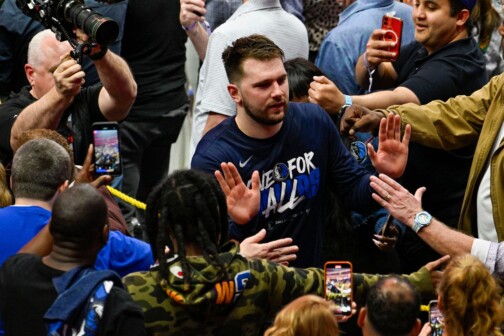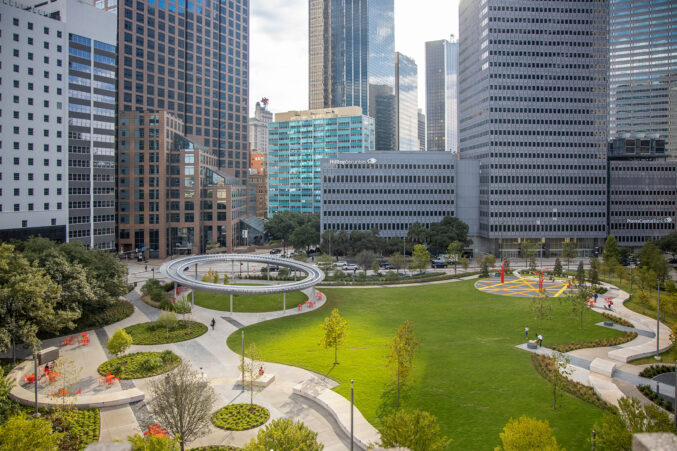Perhaps by now you’ve perused our March issue, which is titled “Wild Dallas.” Maybe you saw it on the newsstand, looked at the pretty picture on the front cover and thought, “Huh, I wonder where that is.” After all, the shot (a “secret bird pond” near the Audubon Center) doesn’t look like what most of us experience during our day-to-day travels and travails through Dallas. Concrete, intersections, manicured lawns, maybe a park with a playground: these are the normal landscapes we encounter in Dallas.
But Dallas has a wild side. As Kevin Sloan, the architect who coined the “Wild Dallas” concept and wrote an article about it in the March issue, once explained to me, one of the unforeseen advantages of Dallas’ rapid, sprawling growth is that, while the built environment covers a vast quantity of land area, it is also a very thin layer — just a film of human life spread across a vast landscape that was once a fecund, vibrant, interconnected waterway ecosystem. And sometimes, that nature bubbles up through the surface.
You can encounter it most easily throughout the Great Trinity Forest, as well as along the branch waterways network that stretches throughout the region. But sometimes nature and concrete come face to face. I was thinking about this looking at the story on CBS yesterday about coyote breeding season, which is now in full swing, much to the chagrin of some local cat owners.
Then there is this video produced by the Texas Parks and Wildlife that claims that Dallas — Dallas, of all places — is “Bobcat City U.S.A.” In the video, researchers with the state department track the urban and suburban bobcats that thrive in the region, often living in habitats that follow greenways, creek beds, golf courses, and utility right of ways.
Logan Ortolf doesn’t need to watch the video to be convinced that wild bobcats are a normal part of life in North Texas. Last fall, Ortolf was attacked in an Plano park by a bobcat after the wild animal attempt to poach Ortolf’s dog for breakfast.
It all highlights an argument we were attempting to make in our latest issue. Dallas has spent much of its history trying to cover up, manipulate, and change its environment. But now that natural world offers this city an opportunity. By embracing this unique brand of urban wildness, Dallas can discover a strategy for future growth and a new civic idenity that is completely unique to this place. It’s already there, we just need to stop fighting or destroying it.
You can read more about that idea here. For now, here’s the video of the cute bobcats:
[d-embed][/d-embed]






